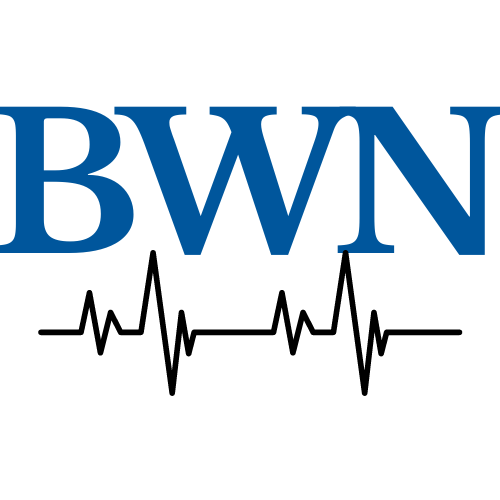Conquering Concussion – Healing TBI Symptoms With Neurofeedback and Without Drugs
Mary Lee Esty, Ph.D. and C.M. Shifflet
From Chapter 7…
True stories of men, women, children who were treated with Neurofeedback after nothing else worked, what happened to them and how they got their lives back.
Jake: The Diver
Severe TBI followed by inability to speak, loss of fine and gross motor control, problems with swallowing, sensory integration, muscle weakness and AD(H)D
In June of 1991, 11-year-old Jake fell from a 12-foot high diving board onto the concrete deck. His skull was fractured from ear to ear and in the ambulance he suffered two seizures. At the ER, doctors induced a coma to protect against the effects of a subdural hematoma and rising intra-cranial pressures. Continued bleeding into the brain required surgery, including removal of part of the left temporal lobe. He was in a coma for 12 days.
After four months in the hospital, Jake entered a day-patient program at a children’s rehab facility. He had two months of post-trauma amnesia and severe headaches. Speech was unintelligible. He could not close his lips and had difficulty swallowing. There was excessive tension in his left hand and arm, weakness with poor motor skill in both hands. All food had to be chopped to avoid choking; eating a meal took 45 minutes.
FNS neurofeedback treatment at BWB began on February 1, 2000.
SESSION 1 – 2. Jake’s face, neck and ears flushed, arm and hand were more open and relaxed, mouth more symmetrical. For the first time since his accident, he was able to say his dog’s name with loud voice. Could only whisper before. Had trouble going to sleep, but remembered a dream for first time since injury.
SESSION 3 – 6. Hand even more relaxed. Could close his mouth and drink through a straw, no longer needing to hold his lips together with his hand. No more choking incidents and able to whistle and blow bubbles.
SESSION 16. Hand now so relaxed no longer needs to wear a night brace. Can control his lower lip so no longer needs the assisted communication device; he can be understood without it. Gross and fine muscle control have returned (he can manipulate small Lego blocks). On a school field trip in heat, able to walk long distance with a backpack.
By March, his mother reported that Jake was “like old Jake, more crabby and negative, but more complex”. Academics, physical strength and abilities continued to improve. He never had to use the assisted communication device again. He was no longer doomed to a life of profound disability. There was no significant regression during breaks in treatment. He had 44 treatments to reach this level of functioning. Over the next six years he came for occasional “tune ups” (about 5 per year).
Pre-injury, Jake had been diagnosed with AD(H)D and sensory integration disorder. His first map in 2000 and the last in 2006 show striking differences. Seven years after beginning treatment, Jake graduated from high school.
Read about Jake, Bridgett, Bruce, Carol and all the others whose accounts of reclaimed lives are featured in Conquering Concussion. Learn what actually happens in concussion and traumatic brain injury (TBI). Learn about new therapies and research that have helped children and adults, athletes and war veterans get their lives back, years or decades after the original injury. Get your copy here.
